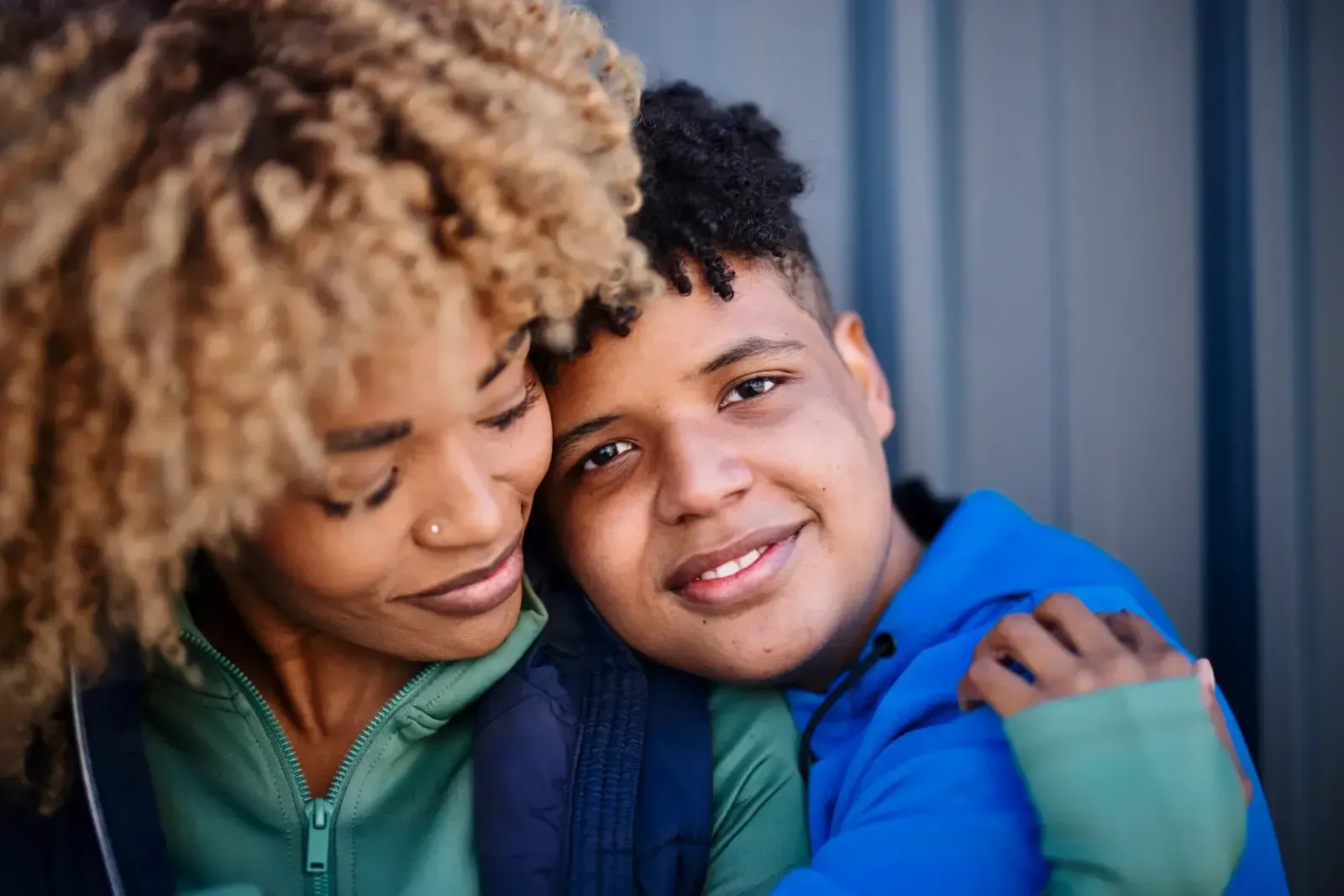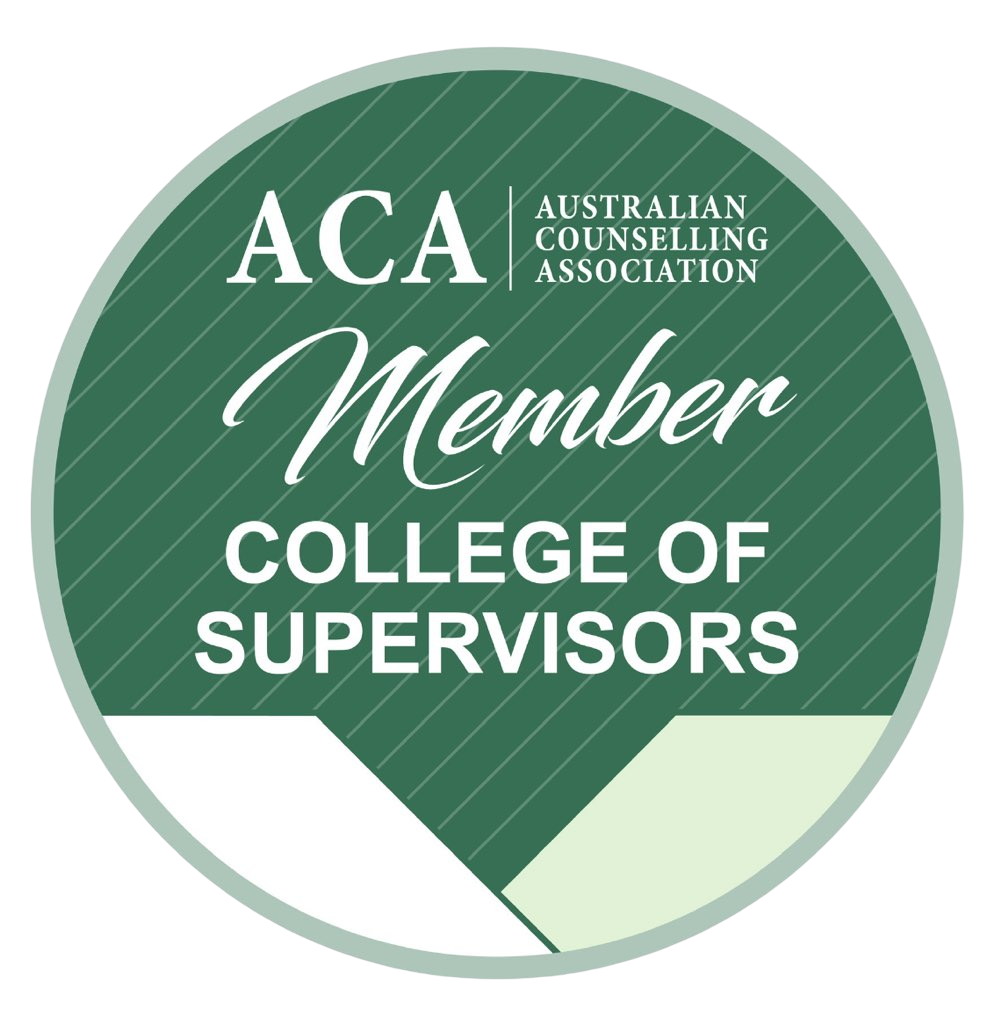Explore Our Blog
Anger & Domestic Violence – Part 7: Creating a Safety Plan: What to Do When You’re in an Abusive Relationship
Advance Minds Blog
A safe space to explore subjects within the community such as mental health, substance abuse and personal identity.
Our safe space also provides the opportunity for real individuals to express their hardships and success through writing.
Leaving an abusive relationship isn’t just a decision—it’s a process that requires planning, support, and safety.

For many victims, the most dangerous time is when they try to leave.
That’s why having a safety plan can make all the difference.
🧠 What Is a Safety Plan?
A safety plan is a personalised, practical strategy that helps someone stay safe while living with, planning to leave, or having just left an abusive partner. It includes ways to protect yourself physically, emotionally, and legally—tailored to your unique situation.
Creating one doesn’t mean you’re weak or giving up. It means you’re preparing—wisely and carefully—for what might come next.
📦 What to Include in a Safety Plan
Your safety plan can include:
- Trusted contacts: A friend, neighbour, or family member you can call in an emergency
- Safe places: Locations you can go if you need to leave quickly
- An escape bag: Packed with essentials like ID, money, medications, keys, and important documents
- Emergency phrases: Code words to alert someone you need help
- Legal steps: Knowledge of restraining orders, custody plans, or police support
🚪 Planning Your Exit
If you’re planning to leave, consider:
- Timing (when your partner is least likely to notice)
- Transportation (how you’ll get to safety)
- Where you’ll stay (temporary accommodation, shelter, or friend’s house)
- Digital safety (clearing browser history, using safe devices, changing passwords)
Do not underestimate how controlling or dangerous an abusive partner may become during separation.
Planning can save your life.
📱 Tech Safety Matters
Abusers often track phones, read messages, or monitor online activity. Stay safe by:
- Using a friend’s phone or public computer
- Turning off location services
- Changing passwords on email, banking, or social media
- Using incognito mode for research
🧍 You’re Not Alone
You don’t have to do this by yourself.
Domestic violence hotlines, women’s refuges, and counselling services can help you create a plan that fits your needs.
Many offer free, confidential advice.
In Australia, you can contact:
- 1800RESPECT (1800 737 732) – National helpline for sexual assault, domestic and family violence.
🌿 Final Thoughts 💞🌈
Creating a safety plan doesn’t mean you’re ready to leave today—but it does mean you’re putting your wellbeing first.
Abuse thrives in isolation and fear.
By planning for safety, you are reclaiming your power, step by step.
You deserve to feel safe, supported, and free from harm. Help is out there—and so is a new beginning.

















